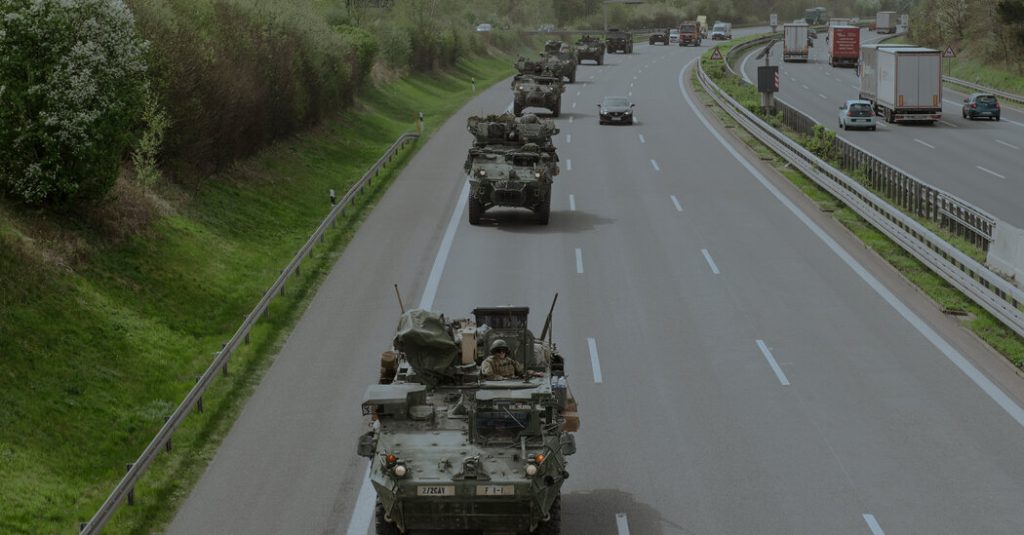NATO allies are considering sending troops to Ukraine to train Ukrainian forces in response to a critical manpower shortage and worsening battlefield situation against Russian forces. While the United States has thus far declined to deploy trainers, Gen. Charles Q. Brown Jr. stated that NATO deployment seems inevitable. The potential deployment raises concerns about the protection of trainers and the possibility of drawing America into the war, as the U.S. would be obligated to aid in the defense of any attacks on the trainers under the NATO treaty. The White House has maintained its position of not putting American troops on the ground in Ukraine, but European leaders like President Macron of France have expressed openness to sending troops.
Estonia has not ruled out sending troops to western Ukraine to free up Ukrainian troops for front-line duties, while Lithuania’s Foreign Minister has expressed support for Macron’s stance. American officials have recognized the need for better and faster training for Ukrainian forces to counter a potential Russian offensive this summer. Previous training efforts for Ukrainian troops have been insufficient, as they faced a battlefield different from those encountered by American forces. Moving training operations into Ukraine would allow for quicker adaptation to Ukrainian innovations on the front lines.
NATO has tasked Gen. Christopher G. Cavoli with finding ways for the alliance to provide more assistance to Ukraine while minimizing risks. One possibility is training Ukrainian troops in Lviv, near the western border with Poland, although concerns arise due to recent Russian bombings in the area. Logistics of training on sprawling ranges in Germany and Poland include transporting troops to training grounds in Grafenwoehr, conducting complex maneuvers to teach combined arms warfare, and deployment to the front lines. Some suggest that NATO allies may need to consider training support for Ukraine once again from the rear, as was done during the initial stages of the conflict in 2014.
In addition to potential troop deployments, other NATO allies like Britain, Germany, and France are working to base defense contractors in Ukraine to aid in building and repairing weapons systems closer to the combat zone. This approach, known as a “fix it forward” strategy, aims to support Ukrainian forces by providing resources to sustain the Western equipment being provided. The White House is reportedly reviewing restrictions on allowing American defense contractors in Ukraine, with some already working on specific systems like Patriot air defenses under State Department authorization. Retired Army Lt. Col. Alexander S. Vindman has highlighted the importance of providing resources to sustain the equipment being supplied to Ukraine to ensure their effectiveness on the battlefield.


